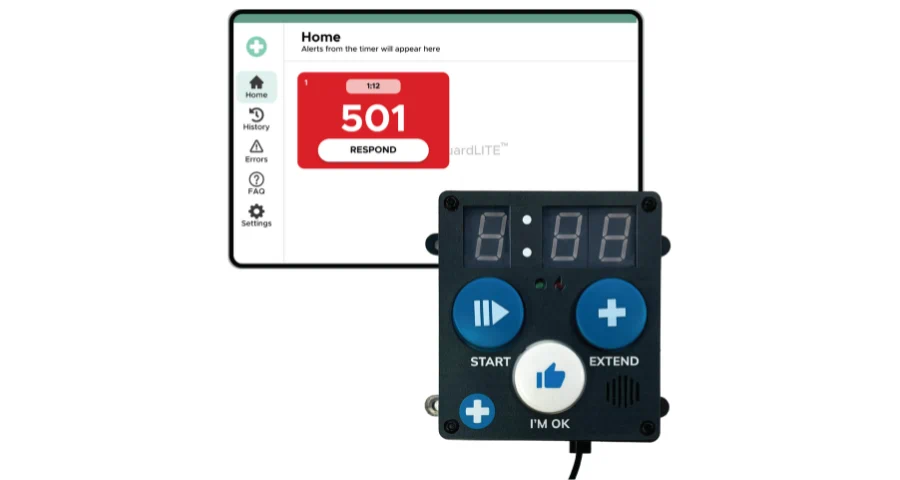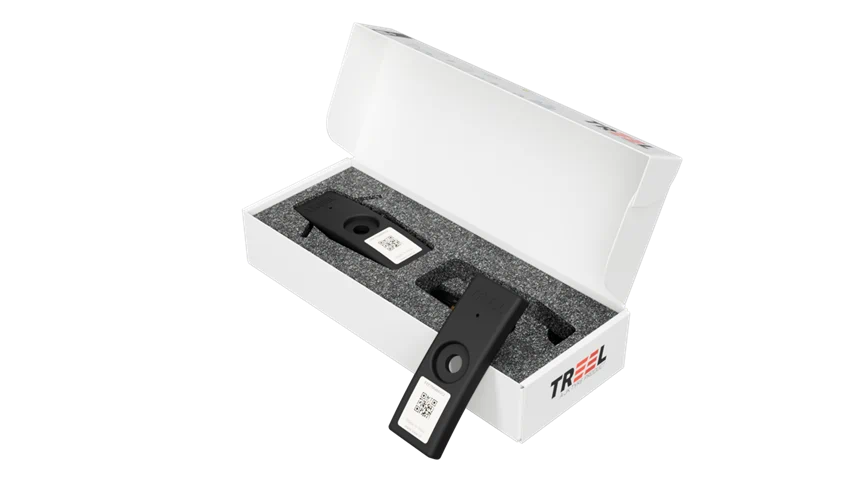Nordic Semiconductor joins Hackster.io wildlife tracker challenge to protect endangered elephants in Africa from extinction in as little as 10 years’ time
14
Aug
2020
2020
Oslo, Norway

To stem the growing crisis facing Africa’s diminishing elephant population, Hackster.io (an Avnet community) and pro-conservation organization Smart Parks are coming together with leading technology and conservation partners including Nordic Semiconductor, Microsoft, and Western Digital to develop the world’s most advanced wildlife tracker. The top ten projects will each be awarded with $500 of prizes including an Apple Watch 3
Nordic Semiconductor today announces its participation in Hackster.io and Smart Parks’ ‘ElephantEdge’ wildlife tracker challenge that aims to stamp out elephant deaths and abuse in Africa and will employ a Nordic nRF52840 System-on-Chip (SoC) to provide support for Bluetooth 5, Thread, and/or Zigbee wireless communication.
Hackster.io says elephant deaths and abuse are much too common but can be stamped out with stronger legislation, law enforcement, and conservation. In order to make that a reality, Hackster.io says pro-conservation teams need better data on what is happening.
As such the ElephantEdge challenge invites the world’s technology community to help develop the world's most advanced elephant tracking collar to help park rangers reduce animal loss from illegal ivory poaching, trophy hunting, human conflict, and environmental degradation.

With #ElephantEdge, Hackster.io and Smart Parks are calling on the world’s technology community
Hackster.io says this is an urgent problem that has not been totally solved and even challenges participants to come up with any completely out-of-the-box ideas that have never been considered. These ideas could take account of little-known elephant facts such as: elephants are afraid of bees, elephants speak with their feet and have poor hearing, elephants radiate excess heat way from their body using their ears, elephants contribute to seed distribution, and elephants perform funeral-like rituals when a member of their herd dies.
With #ElephantEdge, Hackster.io and Smart Parks are calling on the world’s technology community to help build machine learning (ML) models using the Edge Impulse Studio and tracking dashboards using Avnet's IoTConnect, which will be deployed onto 10 production-grade collars manufactured by engineering partner Institute IRNAS, and deployed by Smart Parks.
Hackster.io is keen to stress that challenge participants do not need any hardware to build the ML models and can instead use datasets to sample, analyze, and build TinyML models. Participants can also use their smartphones to run simulated data collections and deployment.
That said, any hardware a participant may already have, from Arduino to Microchip, Seeed, Adafruit to STMicroelectronics, can be used to send data to the IoTConnect platform.
Final software and hardware will be documented and shared freely under the open source license of opencollar.io.
Winning solutions will help conservation efforts in the following ways:
- Poaching Risk Monitoring: Building models that can identify an increased risk for poaching by, for example, knowing when an elephant is moving into a high-risk area and sending real-time notifications to park rangers.
- Human Conflict Monitoring: preventing conflict between humans and elephants by, for example, remotely sensing and alerting when an elephant is heading into an area where farmers live. Alternatively, the collar could detect human presence by scanning if any mobile phones or Wi-Fi hotspots are nearby.
- Elephant Musth Monitoring: Recognizing when an elephant bull is in musth (a periodic condition in male elephants characterized by highly aggressive behavior and accompanied by a large rise in reproductive hormones). This could be achieved by using motion and acoustic sensors to discern this state of erratic, loud, and aggressive behavior.
- Elephant Activity Monitoring: Classifying the general behavior of an elephant, such as when it is drinking or eating, using accelerometer data. Or go more advanced and use a water detection sensor to see when the elephant goes swimming, drinking, or digging for water.
- Elephant Communication Monitoring: Listening for vocal communications between elephants via a microphone and use sound-recording technology to listen to their vocalizations.
The ElephantEdge challenge is open for submissions now and will end on October 16 with winners announced on October 30. For more information and to register as a participant please CLICK HERE.


